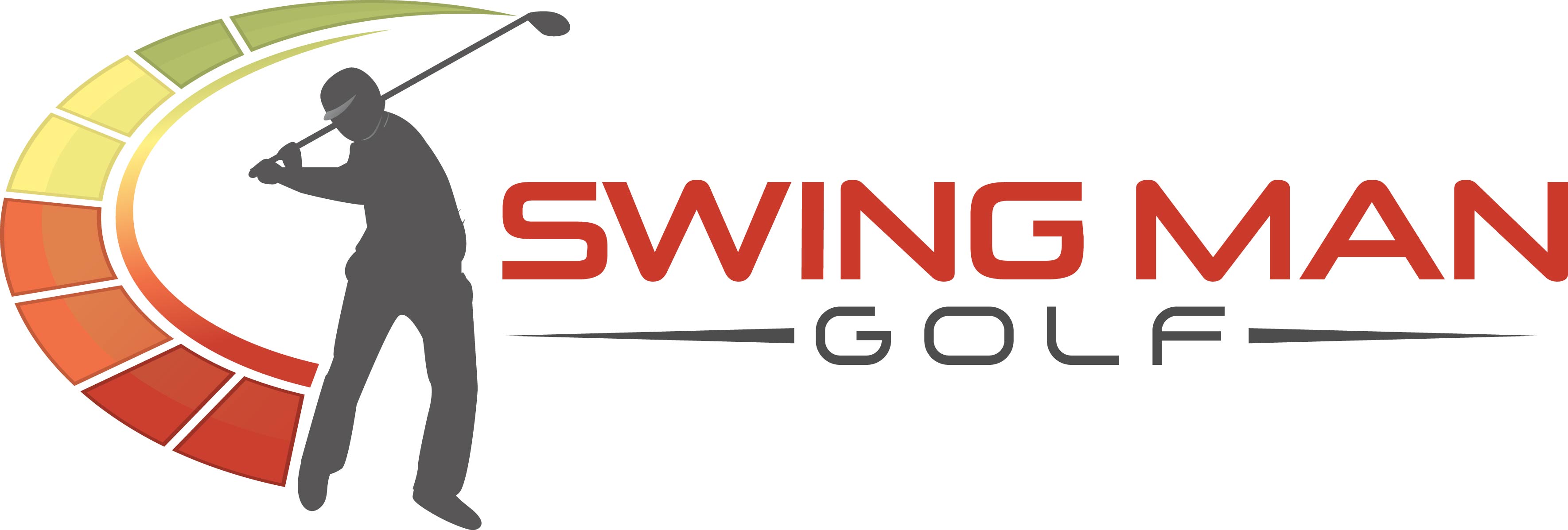By Paul Myers
When you want to find more distance off the tee, a great place to look is through increased swing speed. Sure, you can optimize your equipment to add a few yards on your drives, but if you are going to see serious increases in how far you can launch the ball down the fairway, you need to add MPH’s to your swing speed.
But what is a good swing speed? What kind of number should you be reaching for, and what goals are a little too lofty? It is unlikely that you will reach Bubba Watson-like levels with your swing speed, but that doesn’t mean you can’t increase your power and add yards to your drive. By setting a goal and then taking action to reach that goal, longer drives might be closer than you think.
Where are you at currently?
One way to set a swing speed goal for yourself is to go get your swing analyzed and find out where you are currently. After all, it is pretty much impossible to set a realistic swing speed goal if you don’t know where you are starting from. Call up your local courses or golf shops and ask about getting a swing analysis completed. Not only will the measurements you receive give you information about your swing, but they can also help you to purchase the right equipment when the time comes for some new gear.
It is possible to estimate your swing speed based on your average driving distance, but it is better to have it measured so you can know for sure. For example, if you hit most of your drives right around 200 yards or so, you probably have a swing speed in the neighborhood of 80 MPH. However, you might be a little bit higher or lower than that number, which can make a big difference when setting your goals. Take the time to find out for sure, and go from there.
Set Moderate Goals
It is always tempting when setting a goal to shoot for the moon and be as ambitious as possible. While this is a noble aim, it might just lead to frustration and disappointment in the end. To continue with the previous example, imagine that you have an 80 MPH swing speed currently. Rather trying to get it all the way up to 100 MPH right away, try shooting for 90 MPH over the course of a month. That should be a very attainable goal that you can reach with a combination of swing speed, equipment, and technical improvements.
If you are able to improve your swing speed by just five miles per hour, you will start to see the increased distance show up on the course. Once that goal is out of the way successfully, you can readjust and set a higher number as your new target. Incremental goals like these will help you stay focused and make it easier to feel accomplished after putting in a period of work on your swing.
Believe it or not, some Swing Man Golf members have put on 20, 30, and even 40 MPH of additional swing speed over the course of months of hard work and dedication.
Swing speed is certainly not the only element that determines the ability of a golfer, but it is an important one and there is a direct correlation between swing speed and handicap. Possessing power on the course opens up a lot of opportunities, so taking the time to set some swing speed goals – and then working to achieve them – should benefit your game greatly in the long run.
If you liked the article about swing speed goals for amateurs golfers and you think it would help another golfer, please
To learn more about Swing Man Golf products and to get more spin from swing speed training, click here.
